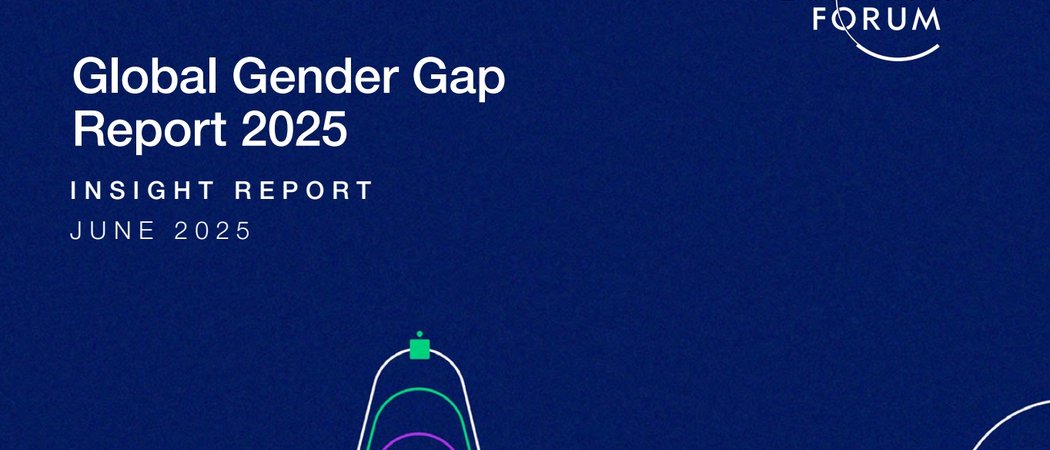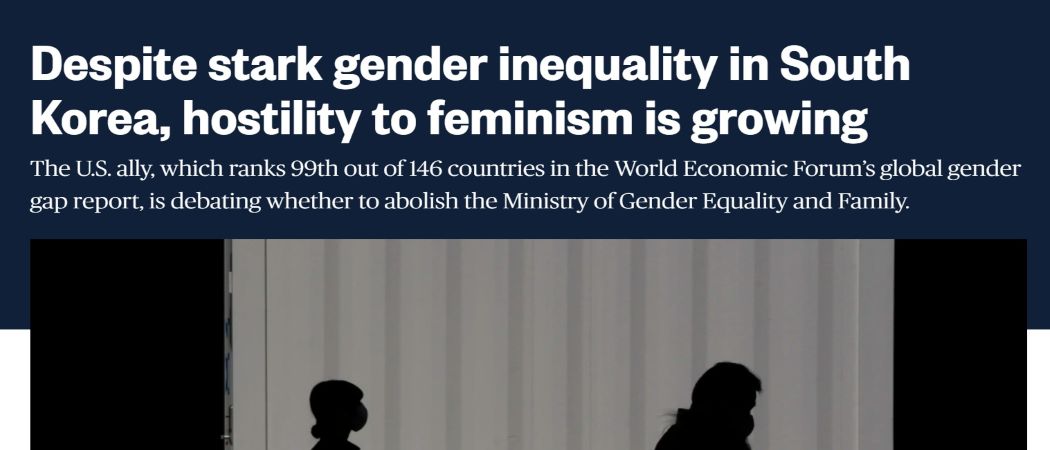The Workplace Gender Gap in 2025: Progress and Persistent Challenges

A comprehensive analysis of gender equality in the workplace as we enter 2025, examining wage gaps, leadership representation, and the evolving landscape of women's professional advancement.
Related Topics
As we enter 2025, the conversation around gender equality in the workplace continues to evolve. While significant strides have been made over the past decade, persistent challenges remind us that the journey toward true workplace parity is far from complete.
Current State of Gender Equality
Pay Gap Persistence
Despite widespread awareness and policy interventions, the gender pay gap remains a stubborn reality:
- The global gender pay gap stands at approximately 16% in 2025
- The gap widens significantly for women of color and mothers
- Tech and finance sectors show the largest disparities
- Nordic countries lead in pay equity, while developing nations lag behind
Leadership Representation
Women’s representation in leadership positions has improved but remains uneven:
- Women hold 35% of senior management positions globally (up from 29% in 2020)
- Only 22% of Fortune 500 CEOs are women
- Board representation has reached 40% in some developed countries
- Middle management shows better gender balance at 45% female representation
Emerging Trends and Solutions
Remote Work Revolution
The shift to hybrid and remote work models has created both opportunities and challenges:
- Opportunities: Greater flexibility has enabled more women to pursue leadership roles
- Challenges: “Proximity bias” may disadvantage remote workers in promotion decisions
- Home-based work can perpetuate traditional gender roles in household responsibilities
AI and Bias Mitigation
Technology is being leveraged to address workplace bias:
- AI-powered recruitment tools designed to minimize gender bias
- Pay equity analysis software helping companies identify disparities
- Anonymous performance review systems gaining popularity
Policy Innovations
Progressive workplace policies are gaining traction:
- Parental leave policies becoming more equitable
- Menstrual leave policies in several countries
- Flexible work arrangements as standard benefits
- Transparent salary ranges in job postings
Sector-Specific Analysis
Technology Sector
- Women comprise 28% of tech workers globally
- Significant improvements in entry-level hiring
- Leadership positions still heavily male-dominated
- Venture capital funding for female-founded startups has tripled since 2020
Healthcare
- Women represent 75% of healthcare workers
- Leadership positions increasingly balanced
- Pay gaps persist, particularly in specialist roles
- COVID-19 highlighted the gendered impact of healthcare work
Finance
- Women hold 45% of entry-level positions
- Sharp decline in representation at senior levels
- Fintech companies showing more balanced leadership
- Regulatory pressure driving diversity initiatives
The Path Forward
Systemic Change Requirements
Achieving workplace gender equality requires comprehensive approaches:
- Structural Reforms: Policies that address systemic barriers
- Cultural Transformation: Changing organizational cultures and unconscious biases
- Economic Incentives: Linking diversity metrics to executive compensation
- Measurement and Accountability: Regular auditing of gender equity progress
Individual and Organizational Actions
- Mentorship and sponsorship programs for women
- Inclusive leadership training for managers
- Flexible career progression pathways
- Support for working parents of all genders
Conclusion
The workplace gender gap in 2025 reflects both remarkable progress and persistent challenges. While representation has improved across many sectors, true equality requires continued effort from individuals, organizations, and policymakers.
The future of workplace gender equality lies not just in numerical parity, but in creating inclusive environments where all individuals can thrive professionally, regardless of gender. As we move forward, the focus must shift from simply increasing numbers to ensuring that diverse perspectives are valued and integrated into decision-making processes at all levels.
The journey toward workplace equality is ongoing, but the momentum built over recent years provides hope for continued progress in the years ahead.
Related Articles

2025年全球职场性别差距报告解读
深入分析世界经济论坛发布的《2025年全球性别差距报告》,探讨职场性别平等的现状、挑战与未来趋势。

South Korea's Gender Inequality and Anti-Feminist Sentiment
This article analyzes South Korea's phenomenon of ranking low in global gender equality while experiencing strong anti-feminist sentiment, exploring conservative government policies, young men's backlash psychology, and feminism's complex position in Korean society.

韩国的性别不平等与反女性主义情绪
本文分析了韩国在全球性别平等排名靠后却出现强烈反女性主义情绪的现象,探讨了保守政府政策、青年男性的反弹心理,以及女性主义在韩国社会中的复杂处境。
Support Our Work
If this content has been helpful to you, please consider supporting us to continue curating quality feminist resources
☕ Buy me a coffee讨论与评论
分享您对这篇文章的看法和感受
加入讨论
分享您对这篇文章的看法和感受
加载评论中...